This article covers everything there is to know about shio koji, a wonderful Japanese seasoning that I love. So let’s dive in!
- What Is Shio Koji?
- How To Use Shio Koji
- When Should I NOT Use Shio Koji?
- How To Make Shio Koji
- Which Shio Koji Product Do You Recommend?
- How To Store Shio Koji
- Recipes Using Shio Koji
- Question For You
What Is Shio Koji?
🟡 Overview
Shio Koji (also called Salt Koji or Koji Salt – 塩麹) is a creamy paste-like seasoning made by fermenting a mixture of rice koji, salt, and water. Shio (塩) means salt.
This seasoning is packed with umami (savoriness) and has an undertone of sweetness. Use it in place of salt, and it will give not only saltiness but also depth to the flavor of the food.
But it’s more than just a seasoning that adds flavor to the food.
It contains tons of active enzymes. Marinate food in it, and its enzymes will break down the food to create more flavor from the food as well as soften the food.
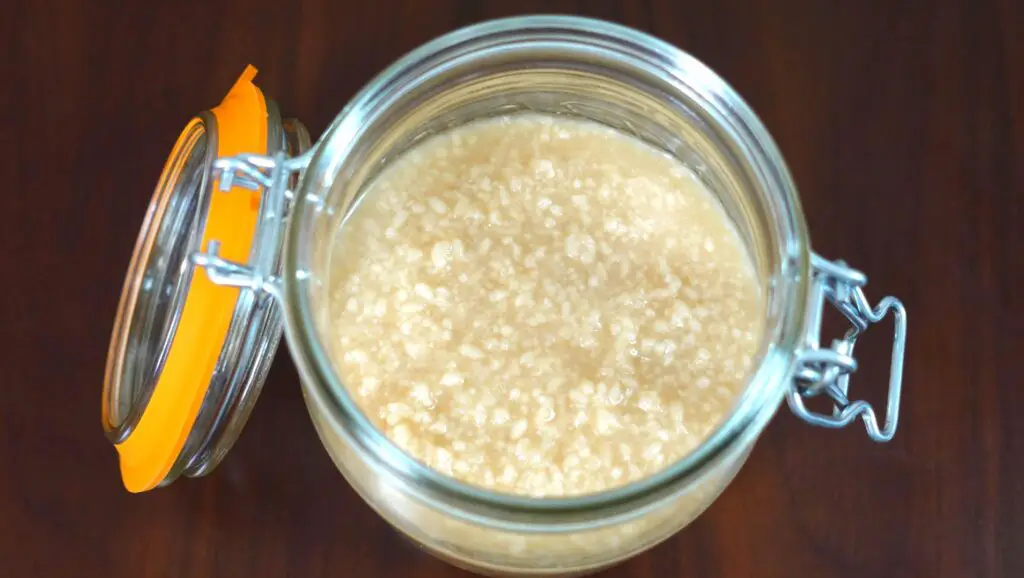
It enhances rather than changes the flavor of the food. So you can use it for cooking not only Japanese food but pretty much any type of food that uses salt!
Because of these wonderful characteristics of this seasoning, you don’t need to follow complicated recipes or be a professional chef to cook amazing food. Just use it in simple ways and it will take your dish to the next level!
🟡 What Is Koji?
Koji is made by allowing koji mold (aspergillus oryzae) to propagate over steamed grains (e.g. rice, barley, and soybeans). So, rice koji, an ingredient for shio koji, is made by allowing koji mold to propagate over steamed rice.
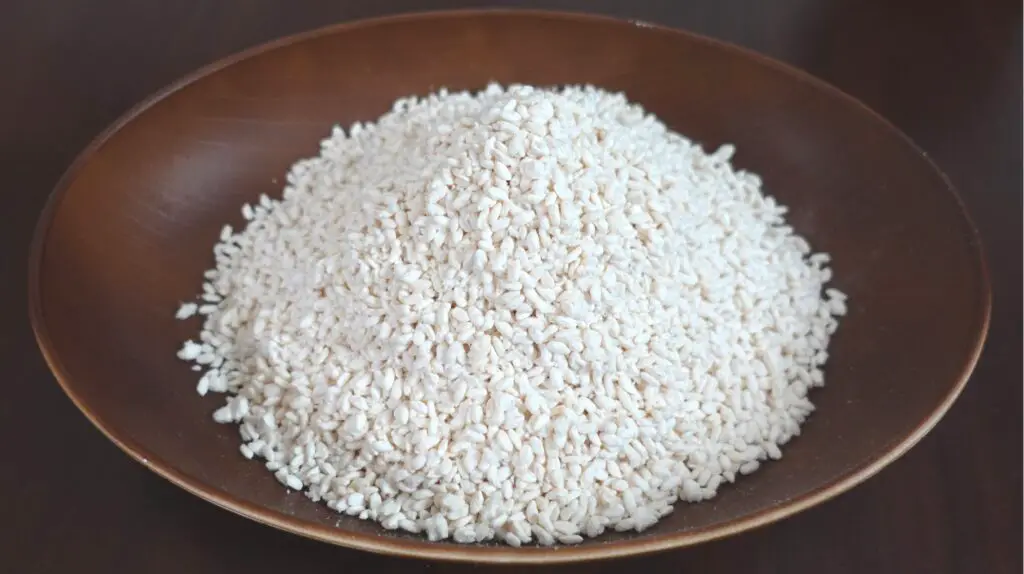
Koji mold creates more than 30 types of enzymes, including proteases and amylases. Proteases break down proteins into amino acids, which create umami. Amylases break down starches into sugars such as glucose and maltose, which give sweetness.
Such actions of enzymes in koji have been used to make miso, soy sauce, mirin, sake, and other Japanese staples throughout the history of Japan. In fact, koji mold has been so important to the Japanese food culture that it was designated as Japan’s National Mold in 2006!
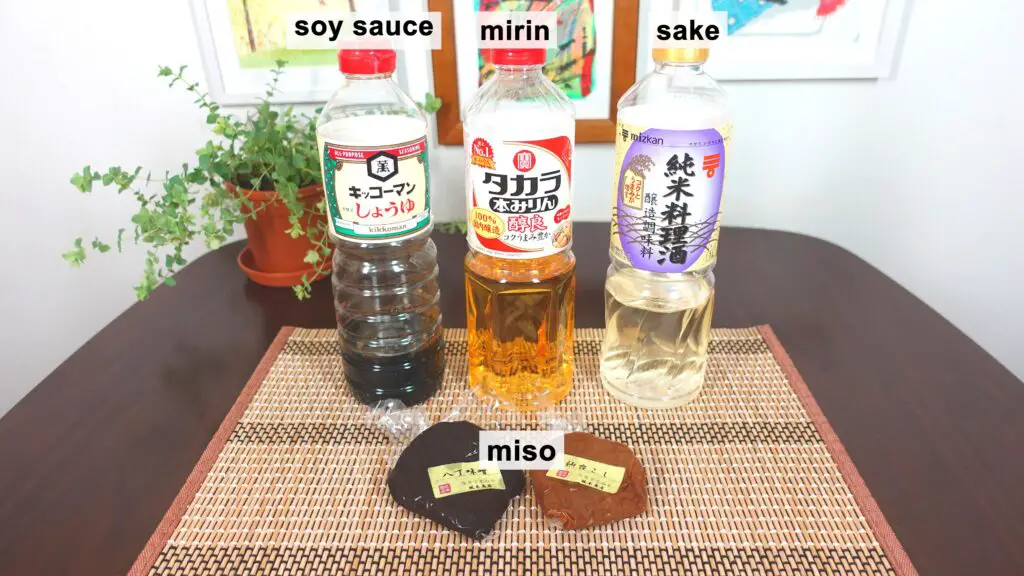
🟡 History
Although koji has been part of the Japanese food culture for over 2000 years, shio koji is actually quite new. It was invented by the owner of a long-established koji shop in Oita Prefecture in 2007.
In 2005, her koji shop was on the verge of closing. She was desperate to bring back the demand for koji which had been dying out for a long time. She realized she needed to promote a new way to use koji that would fit the modern culture. Then the idea of using koji as a seasoning popped up in her mind.
While searching for a hint, she found a brief description of “shio koji zuke” (shio koji pickles) in a book written in the Edo Period. She took that as a hint and strived to create a seasoning that could be used in place of salt, using rice koji, salt, and water. Then shio koji, a new seasoning, was born in 2007.
The media ran with the story in 2011, and the new seasoning’s popularity boomed. While the total sales in the koji industry were 200 million yen (1.5 million USD) in 2011, they skyrocketed to 6.2 billion yen (46 million USD) by the next year, 2012.
Now we see products by major bands such as marukome in every supermarket across Japan.
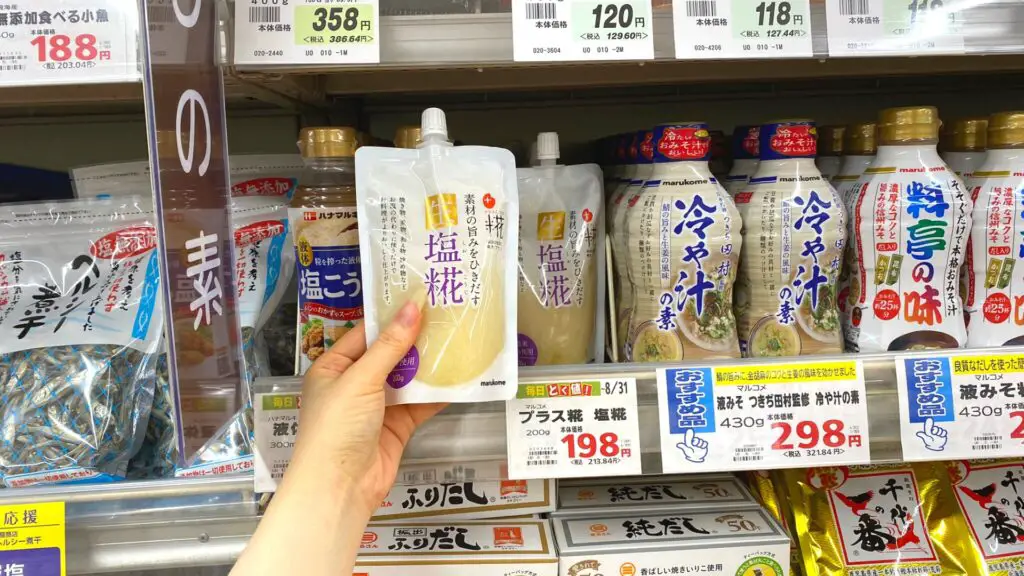
🟡 What Does Shio Koji Taste Like?
It is salty, but it also has a lot of umami (savoriness) and slight sweetness on top of some starchy flavor.
Unlike many other seasonings such as soy sauce and miso, shio koji doesn’t have a strong distinctive flavor. Therefore it works to enhance rather than change the flavor of the food.
🟡 What Does Shio Koji Smell Like?
Its smell is rather subtle. It usually has a mildly starchy and sweet smell. Sometimes, it can also have the smell of alcohol either because alcohol can be created during the fermentation process or because, if it’s a product, the manufacturer has added about 2-5% of alcohol to stabilize quality.
🟡 What Happens During Fermentation of Shio Koji?
During the production of this seasoning, rice koji, salt, and water are mixed together, and then the mixture is fermented at room temperature for one to several weeks. Koji mold in rice koji dies out as soon as it is mixed with salt, but the enzymes that had been created by koji mold remain active and continuously break down the rice during fermentation.
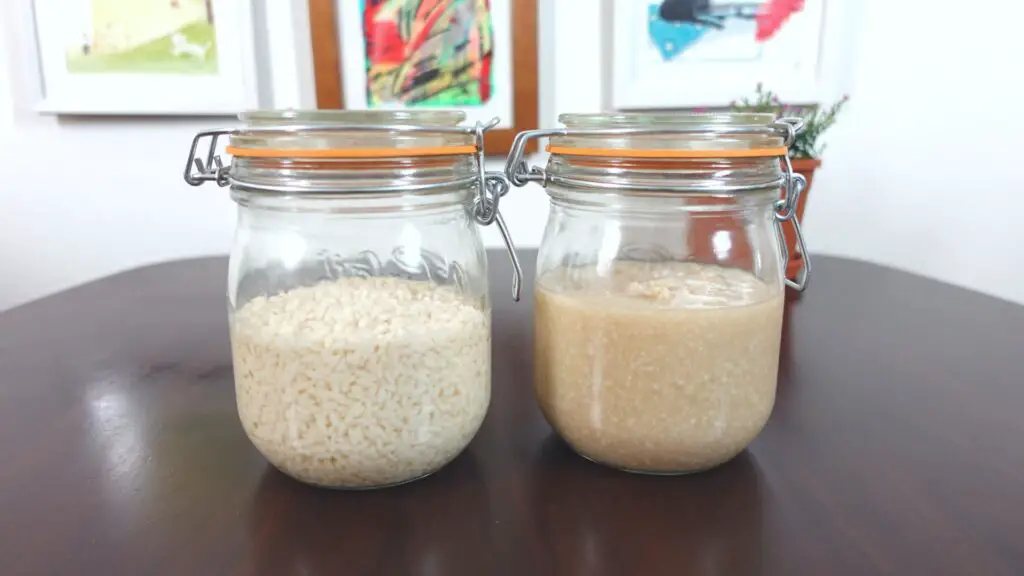
The enzymes include proteases and amylases. Proteases break down proteins in the rice into amino acids, which create umami. Amylases break down starches in the rice into glucose, which gives sweetness.
The color of shio koji darkens a little bit into a beige or brownish color during fermentation. This is due to a reaction called the Maillard reaction which occurs between amino acids and sugars.
The salt content prevents the mixture from rotting.
🟡 What Happens When You Add Shio Koji To Food?
When you add it to food, first of all, you add the umami and sweetness along with the saltiness it has. So you get more flavor than when you add salt to food.
Furthermore, if you add it to food at temperatures that allow its enzymes to remain active (i.e. below 60℃ or 140℉), the enzymes will break down the food to create more flavor from the food. Therefore you will get not only the wonderful flavor that shio koji has but also the flavor that is created by the reaction between shio koji and the food!
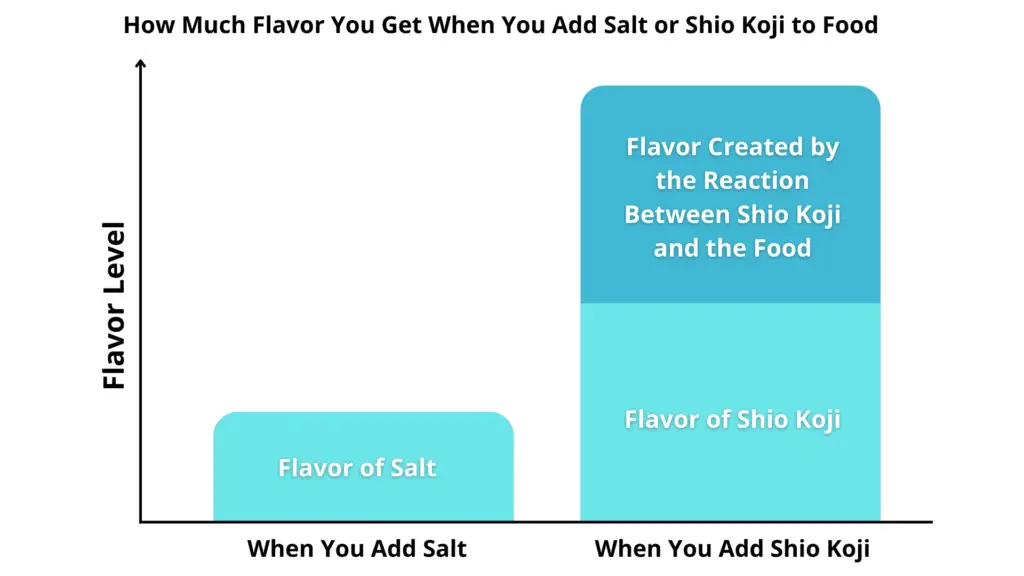
This seasoning contains three major digestive enzymes: proteases, amylases, and lipases. Proteases break down proteins into amino acids, which create umami. Amylases break down starches into sugars such as glucose and maltose, which give sweetness. Lipases break down fats.
If you add it to meats and seafood, its proteases will break them down and bring out umami from them. This reaction will also sever the fibers in the meats and seafood (as the fibers are made of protein) and make them unbelievably soft. Furthermore, as the fibers are being severed, small gaps will open in the meats and seafood, allowing for moisture and sugars from shio koji to get in. This will retain moisture and prevent shrinking of the meats and seafood during cooking, making them super juicy.
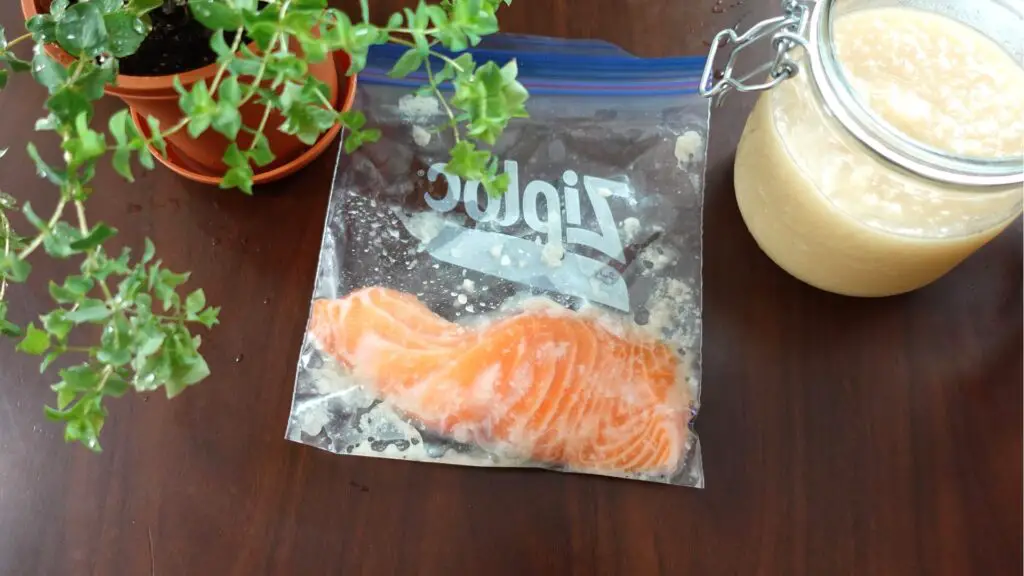
If you add it to vegetables, its amylases will break them down and bring out sweetness from them.
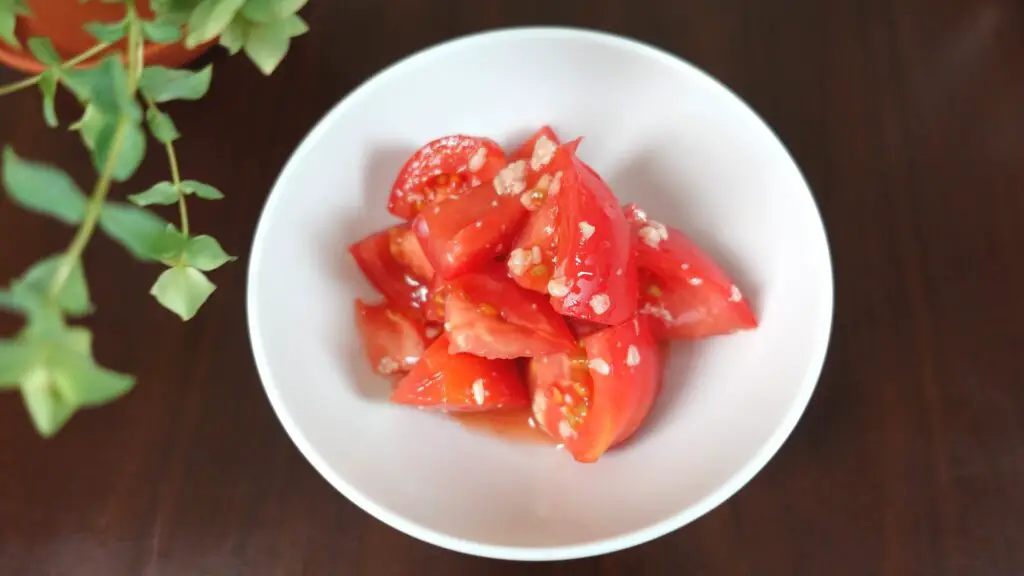
Keep in mind though that the enzymes die at 60℃ (140℉) or higher. So, if you want the enzymes to work on the food, make sure the food is below 60℃ (140℉) when you add shio koji.
🟡 How Much Salt Is In Shio Koji?
The salt content in shio koji is around 13%.
If the salt content is too low, it will easily rot. If the salt content is too high, the enzymes will not work as they should.
The salt content of the seasoning is set at a perfect balance to prevent rotting while allowing the enzymes to work properly.
🟡 Is Shio Koji Healthy?
Yes. This seasoning has two major health benefits: 1️⃣ It helps digestion. 2️⃣ It contains vitamins.
1️⃣ It Helps Digestion
This seasoning contains three major digestive enzymes: proteases, amylases, and lipases. Proteases break down proteins into amino acids. Amylases break down starches into sugars such as glucose, maltose, and oligosaccharide. Lipases break down fats.
Allowing these enzymes break down the food before you eat makes it easier for your gut to digest.
Also, the oligosaccharide created by amylases provides food for the good bacteria in the gut.
2️⃣ It Contains Vitamins
Koji mold in rice koji creates various vitamins. Although koji mold dies out during the production of shio koji, the vitamins remain in the seasoning.
The seasoning is particularly rich in vitamin Bs, folic acid, niacin, pantothenic acid, and biotin.
🟡 Can I Eat Shio Koji Raw?
Yes. And it’s delicious as it is!
You can simply mix it with other ingredients to make salad dressings and sauces with it. You can also marinate raw or cooked vegetables in it to make delicious side dishes.
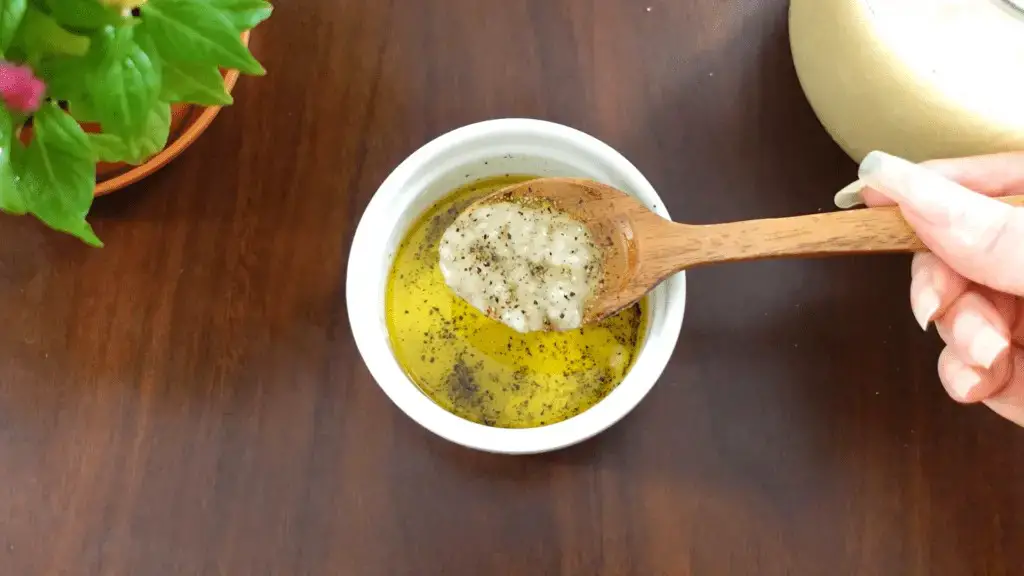
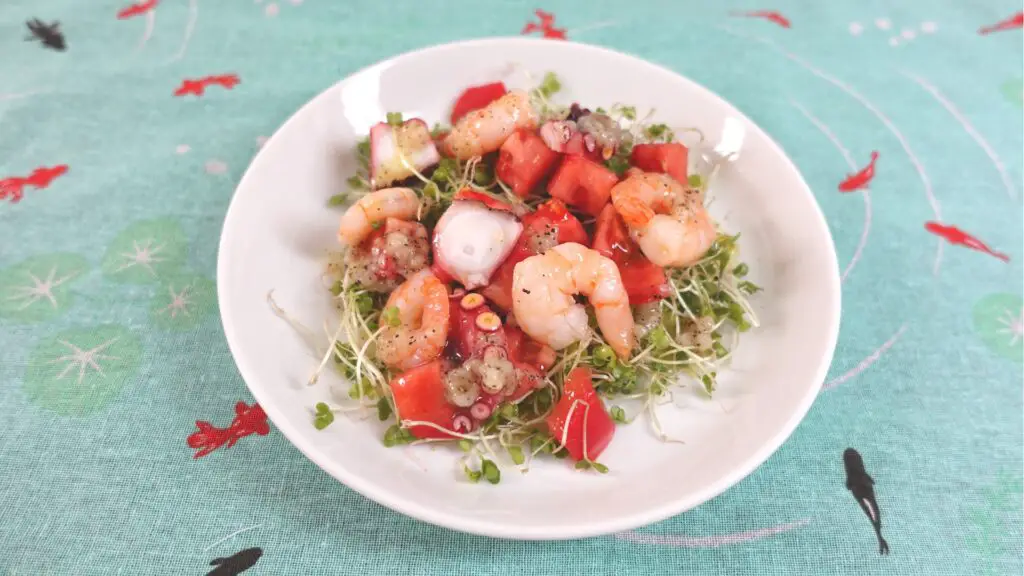
How To Use Shio Koji
There are primarily two ways to use it: 1️⃣Using it in place of salt. 2️⃣ Using it as a marinade.
1️⃣ Using It in place of Salt
One of the great ways to use it is to simply use it in place of salt. It is not only salty but also has a complex flavor of umami and sweetness. By using it in place of salt, you will add extra depth to the flavor of the food.
Because it’s in liquid form, it is perfect for making salad dressings, sauces, and soups.
The salt content in shio koji is only around 13%. But because it has a high umami content, only double the amount of salt is enough to fully season your food. For example, use two teaspoons of shio koji in place of one teaspoon of salt.
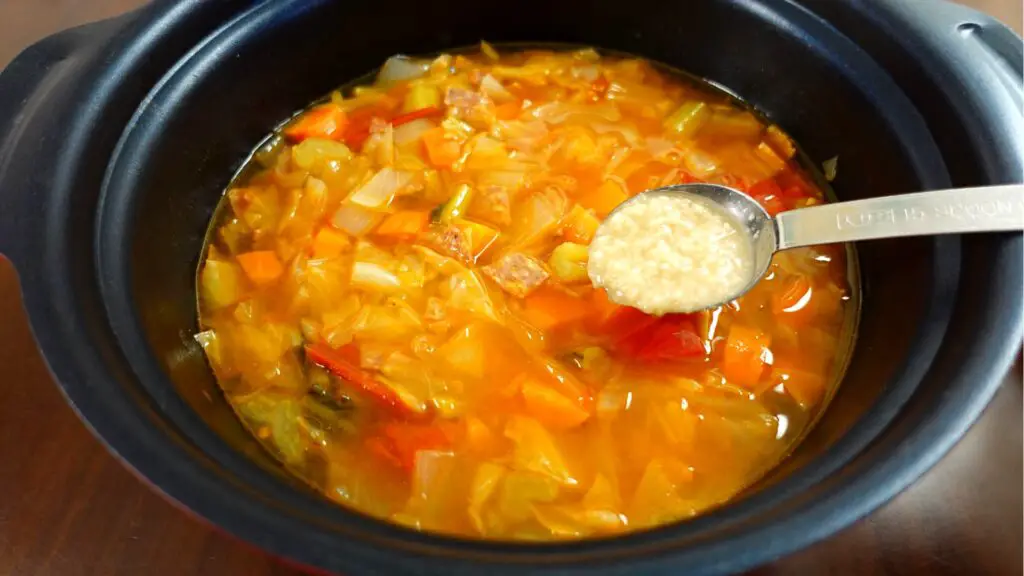
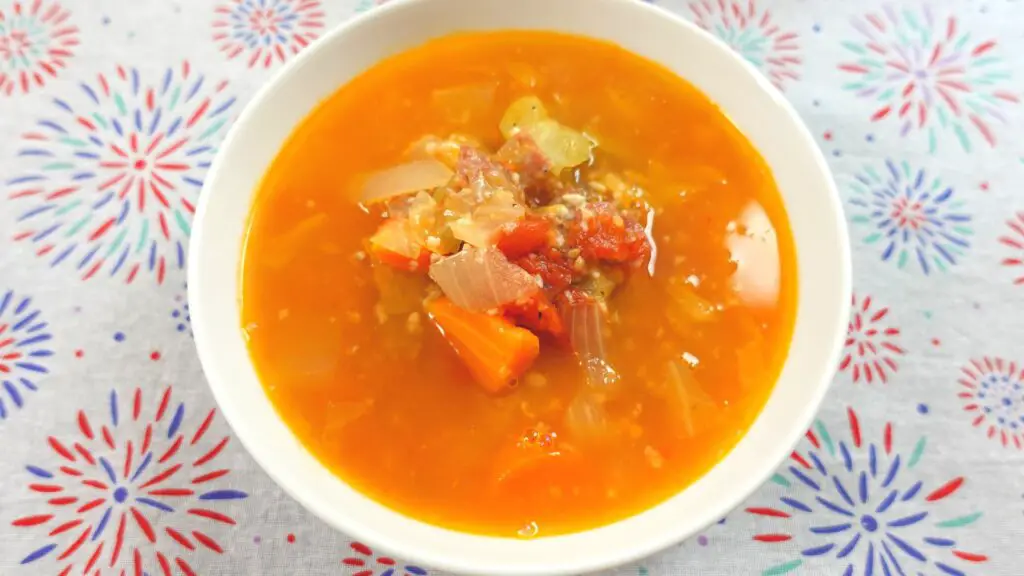
2️⃣ Using It as a Marinade
Another great way to use it is to marinate food in it. This way, it will not only season the food but also break down the food and bring out more flavor from the food.
If you marinate meats and seafood in it, its proteases will break them down into amino acids to create umami. This reaction will also soften them. Furthermore, the sugars in the seasoning will work to retain moisture in them and make them juicy.
It softens meats and seafood much faster than yogurt. You will be surprised by how soft and juicy the food becomes after marinating! I recommend marinating for around 5-12 hours for amazing effects.
You should avoid marinating for more than 24 hours because then the food may become overly soft or even liquidy.
The amount of shio koji used to marinate food should correspond to around 10-20% of the weight of the food. For example, use 10-20g of shio koji to marinate 100g of meat or seafood.
After marinating, simply bake the food in the oven or fry it in the pan, and you will have a delicious meal!

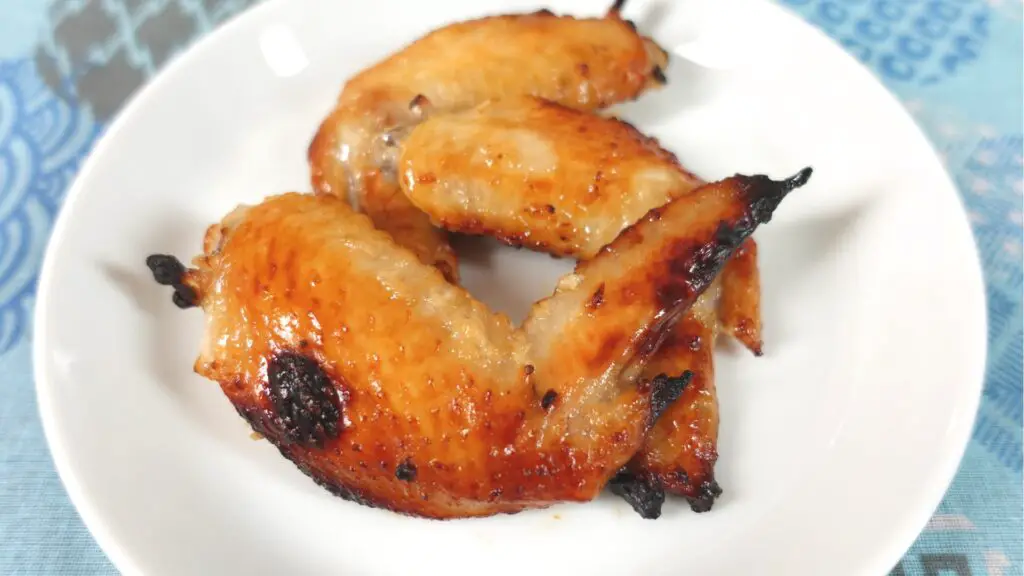
The enzymes in this seasoning can work on vegetables as well. If you marinate vegetables in it, its amylases will break them down into sugars to create sweetness.
When Should I NOT Use Shio Koji?
One thing you should note is that shio koji burns very easily. So you should not use it to make dishes that require intense heat to cook, such as steaks.
Also, you should not use it to make bread or pizza dough. This is because its enzymes can break gluten, which is a type of protein, and hinder the dough from rising.
How To Make Shio Koji
You can easily make it at home. To make this seasoning, you simply mix rice koji, salt, and water, and then let the mixture ferment at room temperature for one to several weeks. Check out the recipe for making it:
Which Shio Koji Product Do You Recommend?
If you want to buy a shio koji product, I recommend going for the one by marukome. It’s the most widely available one and tastes really good. In fact, I fell in love with shio koji when I encountered this product! (I’m not sponsored by marukome.)
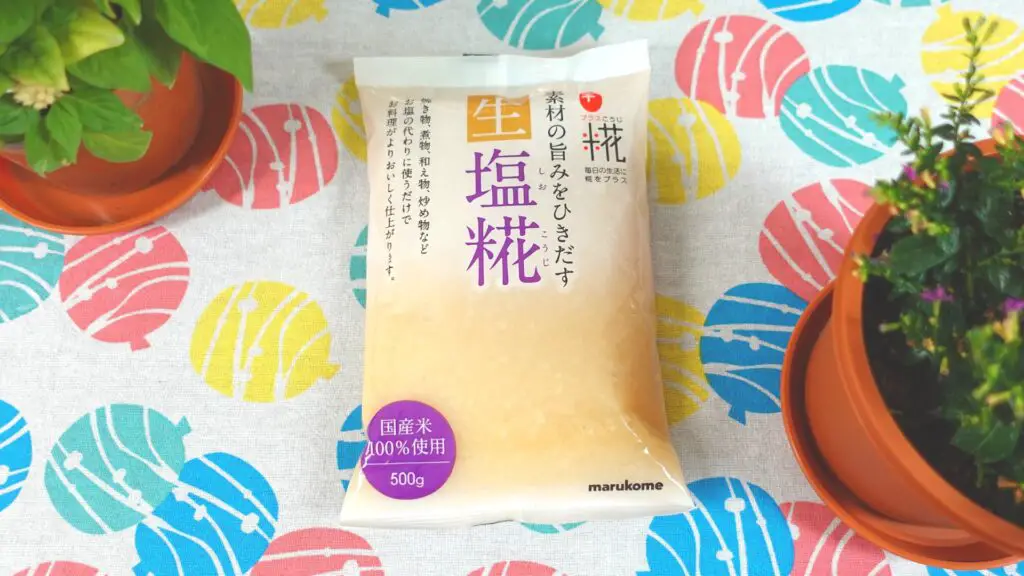
You can buy it from the links below.
🔸 If You Are Outside of Japan
Shio koji by marukome 200g (7.05 ounce): https://geni.us/8vWX0vj
Shio koji by marukome 500g (17.6 ounce): https://geni.us/tIoxH2b
🔸 If You Are in Japan
Shio koji by marukome 500g (17.6 ounce) x 2: https://geni.us/Kbbw0C
As an Amazon Associate, I earn a percentage of what you pay on qualifying purchases.
How To Store Shio Koji
🟩 In the Refrigerator
It is generally recommended to store it in the refrigerator. This will slow down the fermentation and prevent its flavor and fragrance from degrading. It will keep for about a year in the refrigerator.
🟩 In the Freezer
You can also store it in the freezer. This will stop the fermentation and keep its flavor and fragrance. Since it will not completely freeze, you can use it pretty much the same way as when you store it in the refrigerator. Freezing it will barely decrease the power of enzymes. It will keep for about a year in the freezer.
🟩 Can I Store It at Room Temperature?
It is generally not recommended to store it at room temperature because this may lead to degradation of flavor and fragrance and possibly rotting.
I, however, store it at room temperature because my refrigerator is very small and I use up my shio koji in about a month.
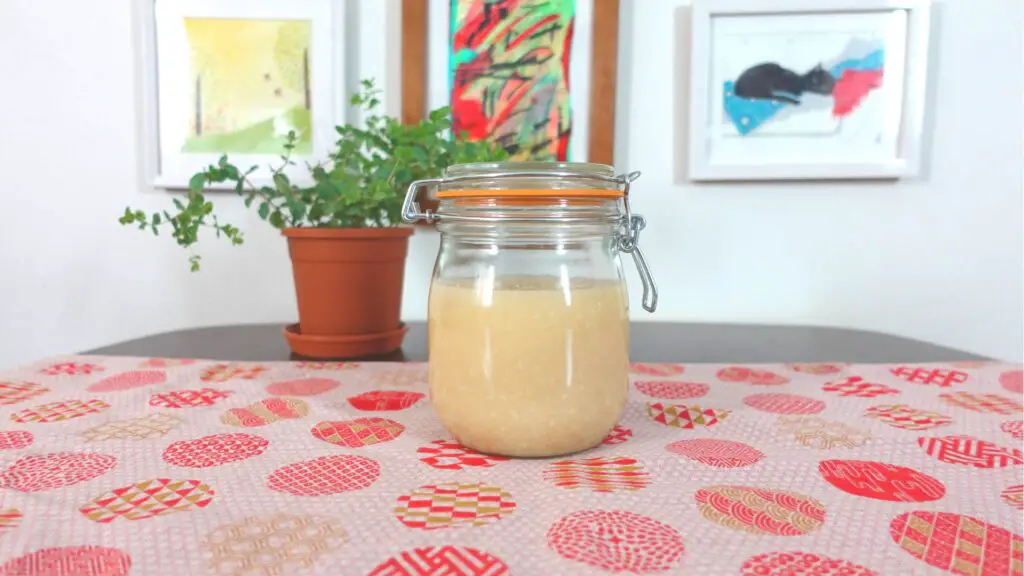
From my experience, it does not easily rot. In fact, I have never let my shio koji rot! So it should be relatively safe to store it at room temperature.
If you store it at room temperature, though, make sure you stir it once a day or two days. This will keep its salt content evenly distributed and prevent it from rotting.
Recipes Using Shio Koji
Question For You
Have you tried shio koji? Let me know if you have any questions.
Hi! I’m a Japanese woman who lives in Tokyo. My passion is cooking and eating food. Read more about me at https://sakurayubi.com/about/

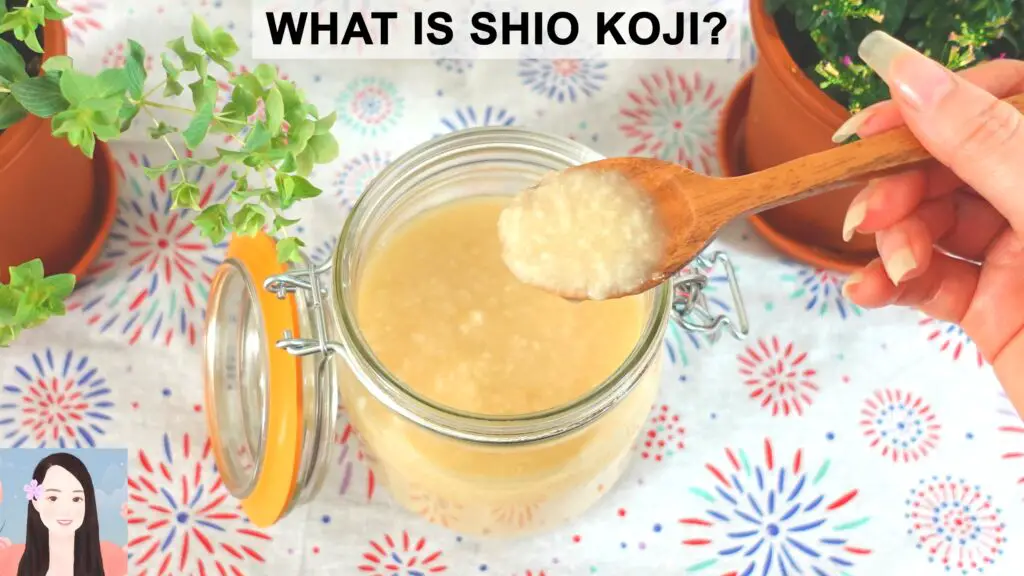
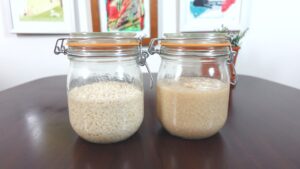



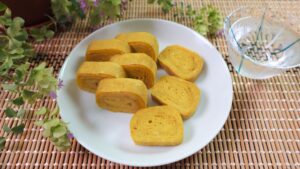
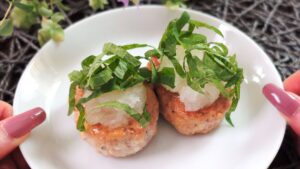

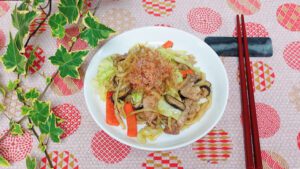
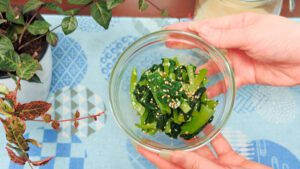

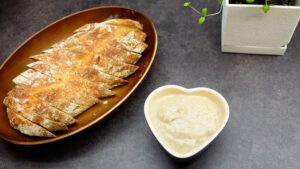
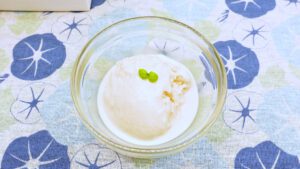

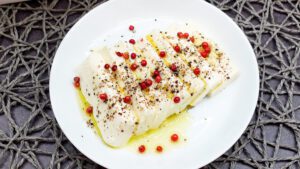
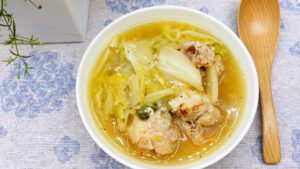

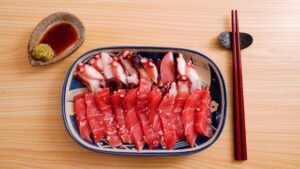
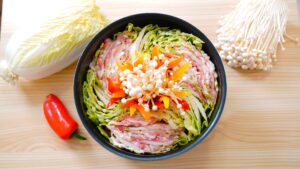
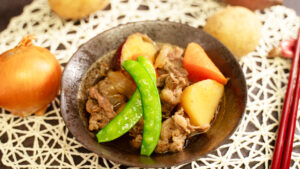
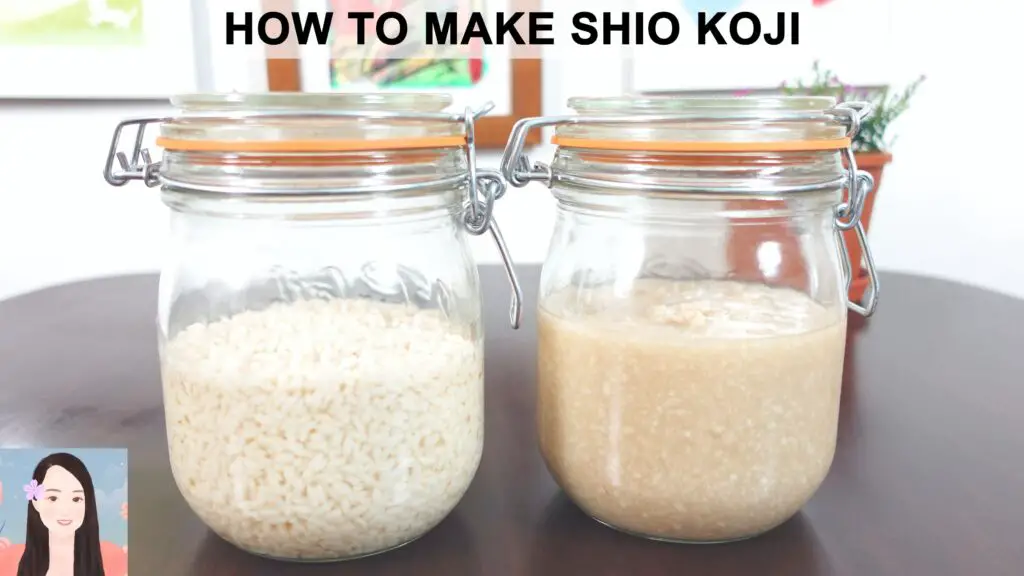
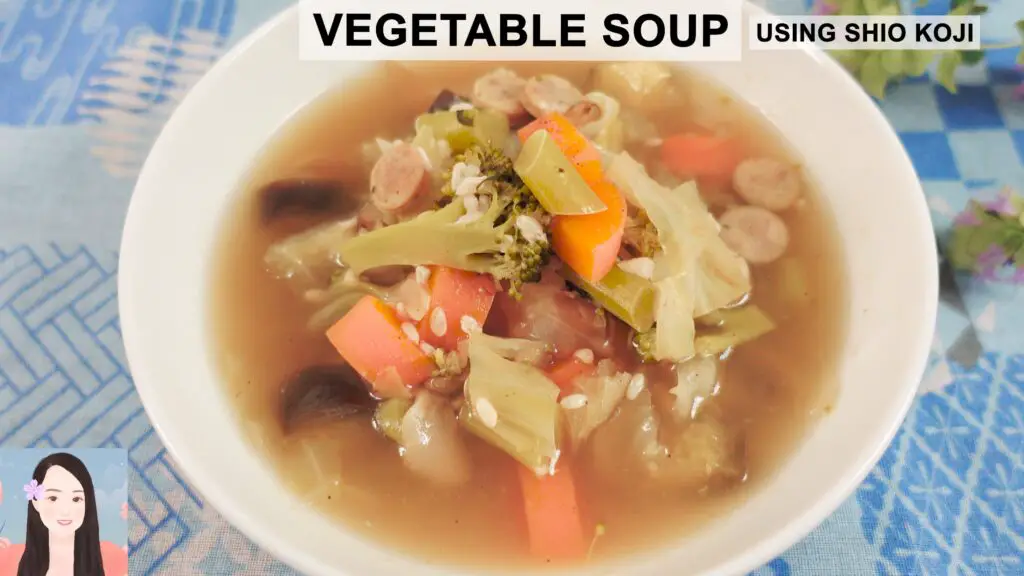
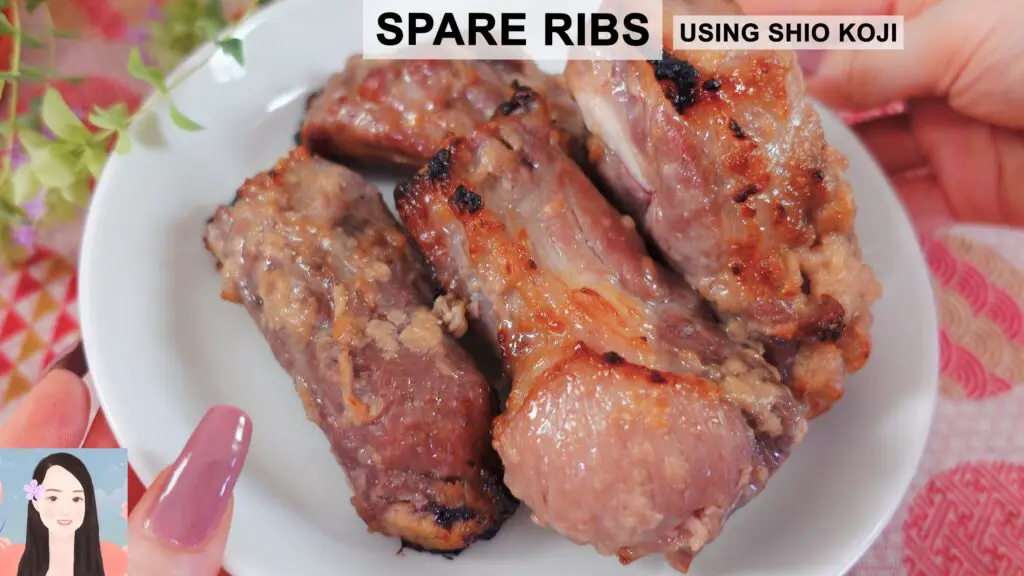
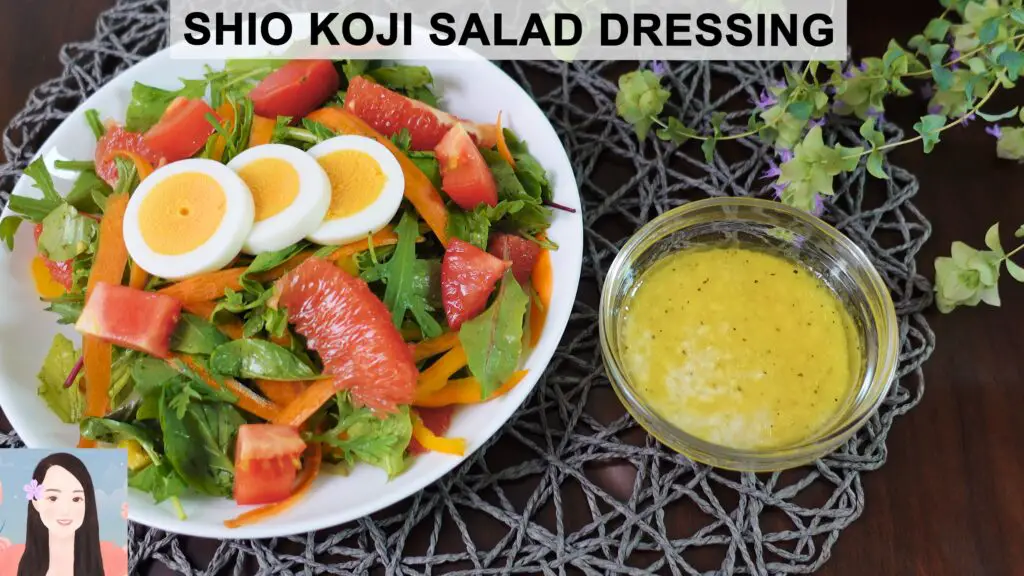
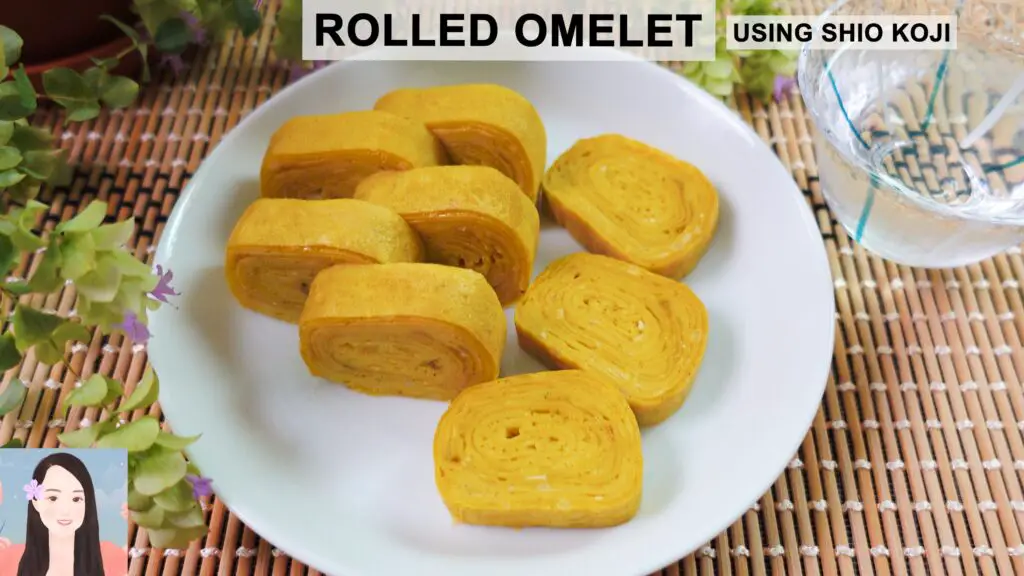
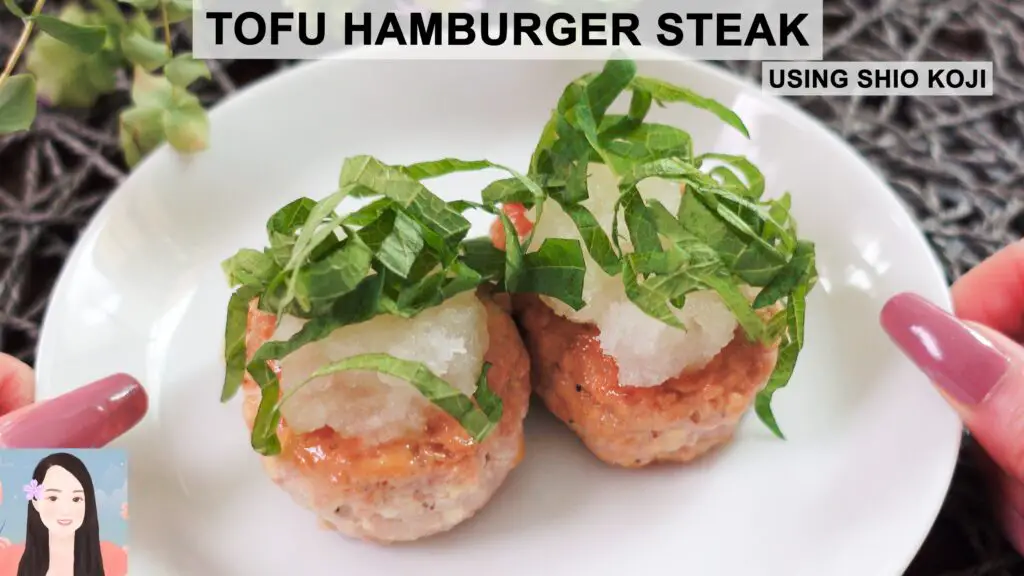
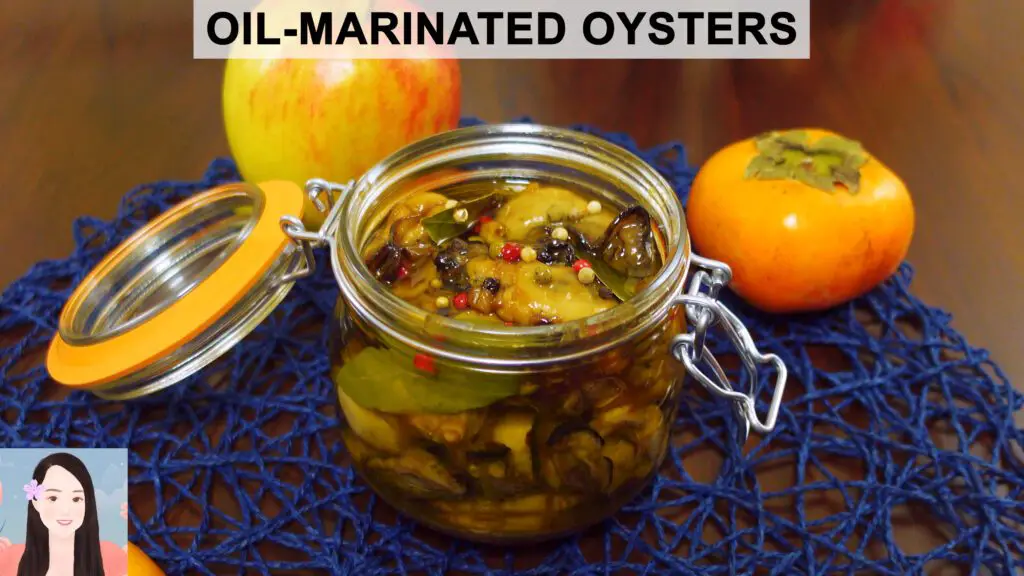
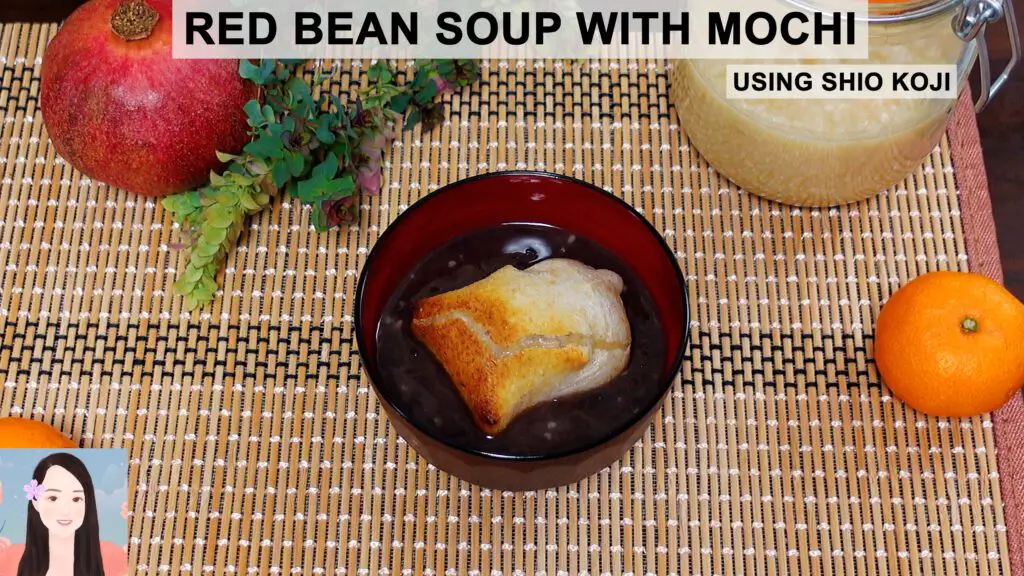
Wow! There is so much answers for my “why”s stuck in my brain since couple moths. Arigato gozaimasu!!!
Welcome to my website!! I’m happy that I was able to help you out. Thank you too!! xxx
Wow thank you for all the recipes.
I am from Indonesia, currently just learning cook Japanese food
Can we use shio koji or koji powder when we cook rice ?
Hi, Yuliana! Thank you for kindly dropping me a comment. Happy to know you are interested in learning to cook Japanese food!
Yes, you can use shio koji when cooking rice. It will add some saltiness and umami to the rice and make it more delicious! I recommend letting the rice absorb water without adding shio koji for about 30 mins, and then adding shio koji to the rice-and-water mixture and cooking the rice. If you add shio koji to the rice-and-water mixture first, its salt content will hinder the rice from absorbing the water due to osmotic pressure. I will cover this in my future video soon.